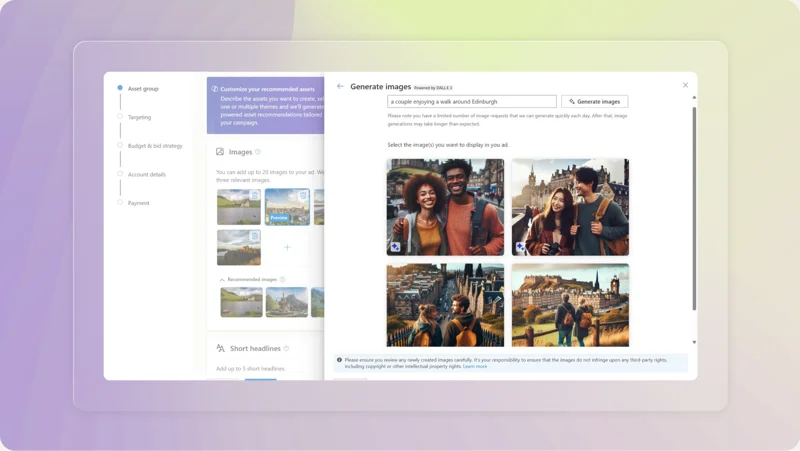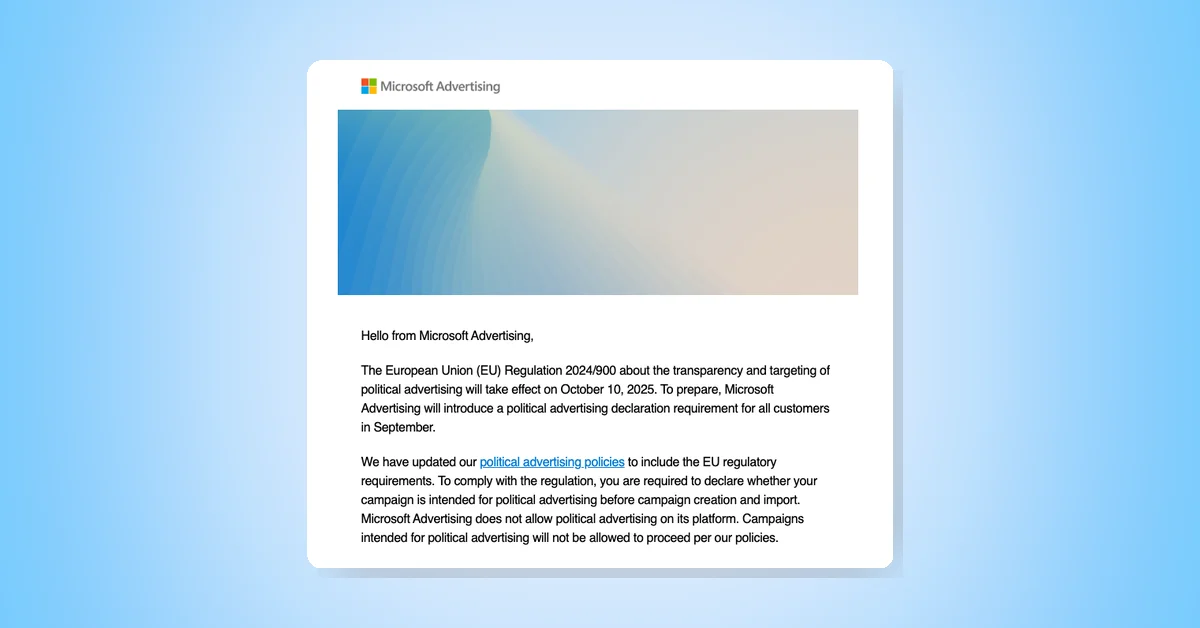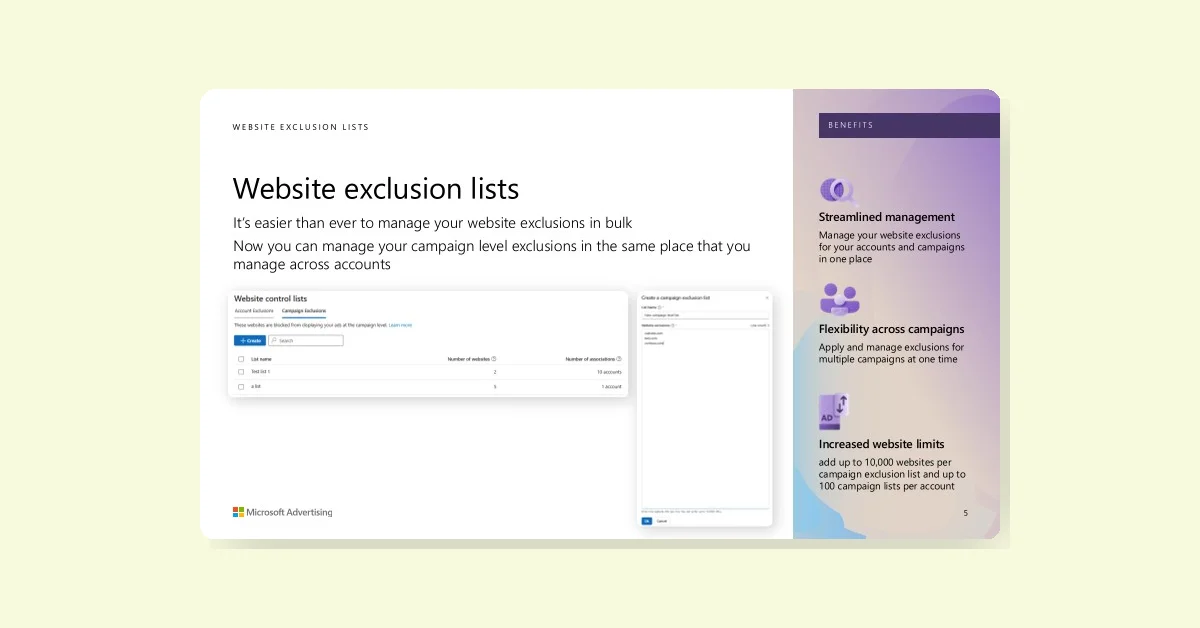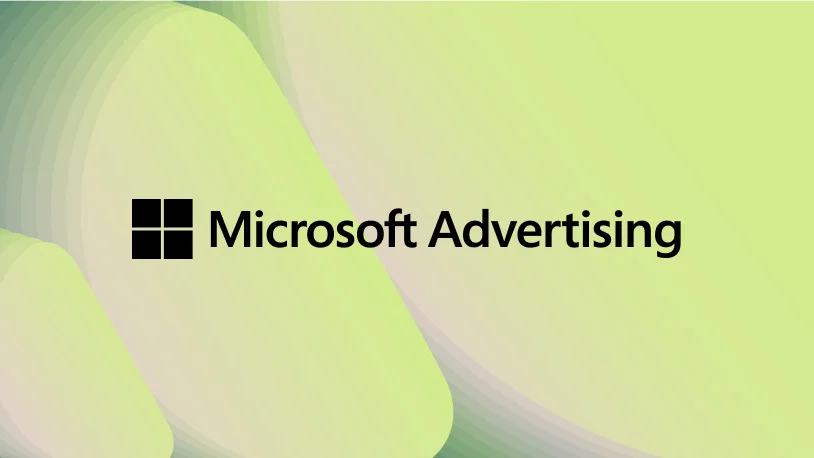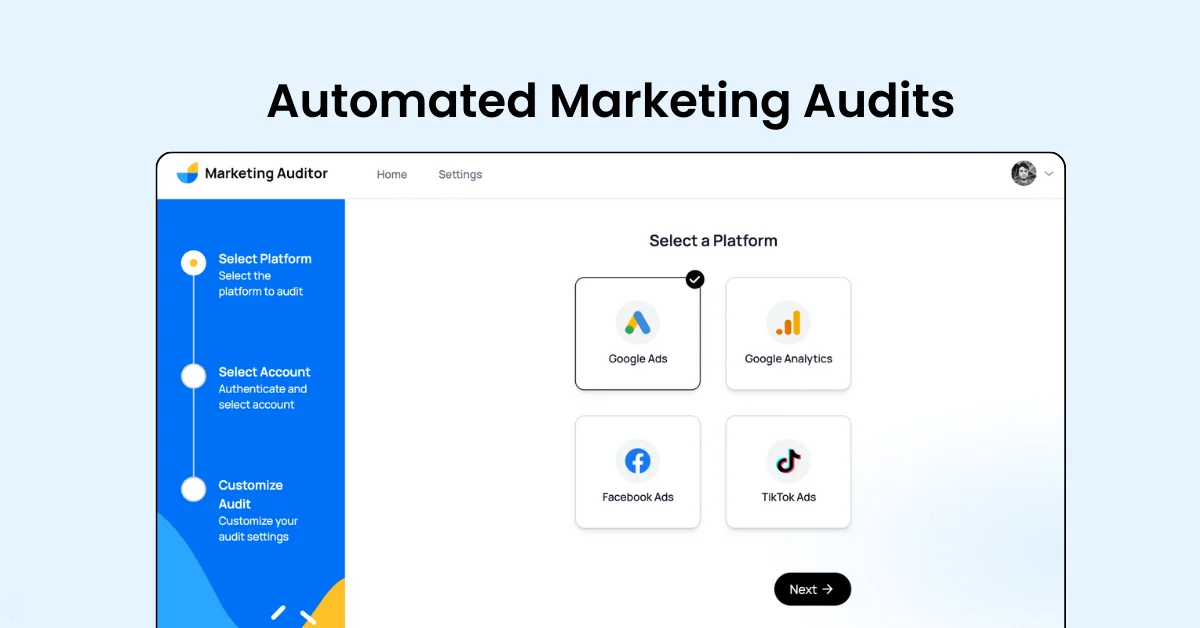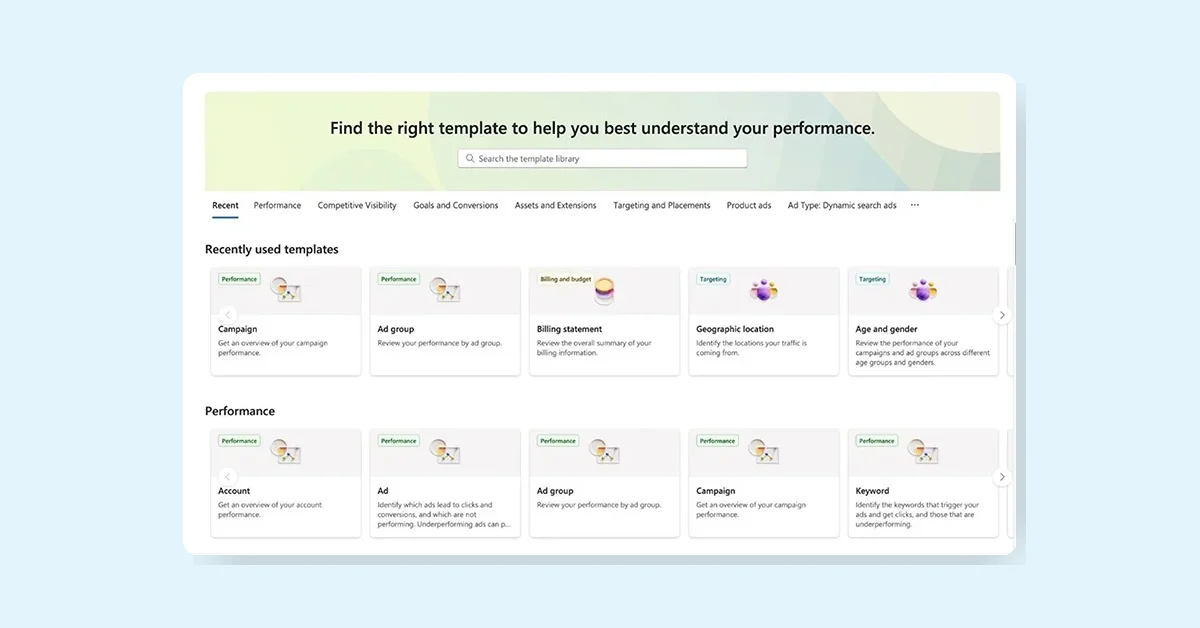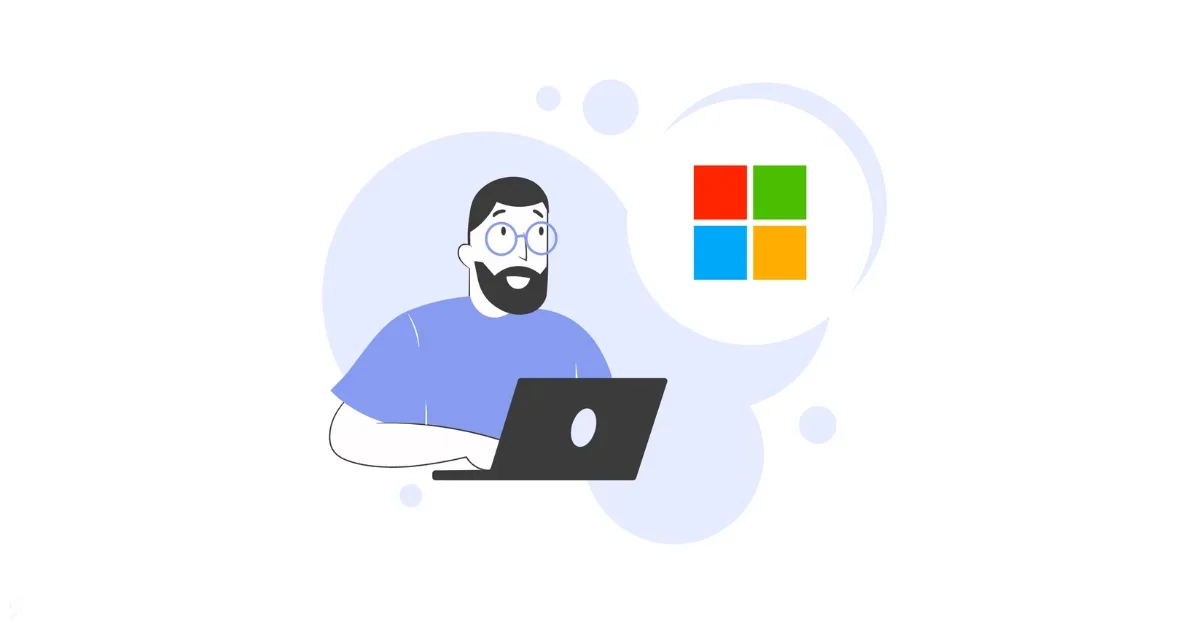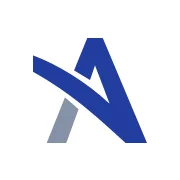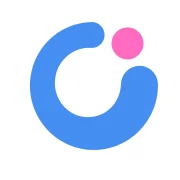Microsoft Advertising has unveiled a comprehensive set of updates to its platform, focusing on enhancing advertiser capabilities, expanding reach, and addressing privacy concerns. These updates, announced in August 2024, reflect Microsoft's commitment to innovation and responsiveness to advertiser needs in the ever-evolving digital marketing landscape.
The new features and improvements span various aspects of the platform, from advanced campaign controls to AI-powered content creation and expanded targeting options. These updates are designed to help advertisers create more effective campaigns, reach their target audiences more precisely, and navigate the complex world of digital advertising with greater ease and efficiency. Let's dive into the key updates:
Performance Max Campaigns Gain New Controls
Microsoft has added brand exclusions and campaign-level auto-generated asset settings to Performance Max campaigns. These updates allow advertisers to have more granular control over where their ads appear and how their assets are generated, potentially improving campaign performance and brand safety.
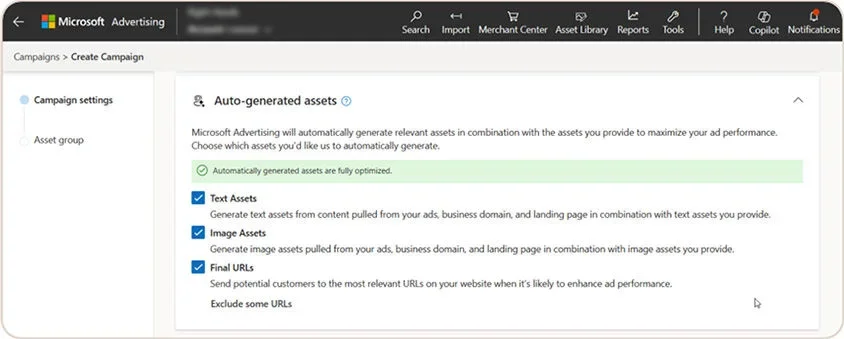
AI-Powered Video Content Creation Expands
Copilot in Microsoft Advertising now offers AI-generated recommendations for video ads, extending its asset recommendation capabilities beyond search, native, and display formats. Advertisers can generate new recommendations for video ads by simply inputting their landing page URL, view suggestions inline during ad creation, and easily edit and refine these AI-generated assets.
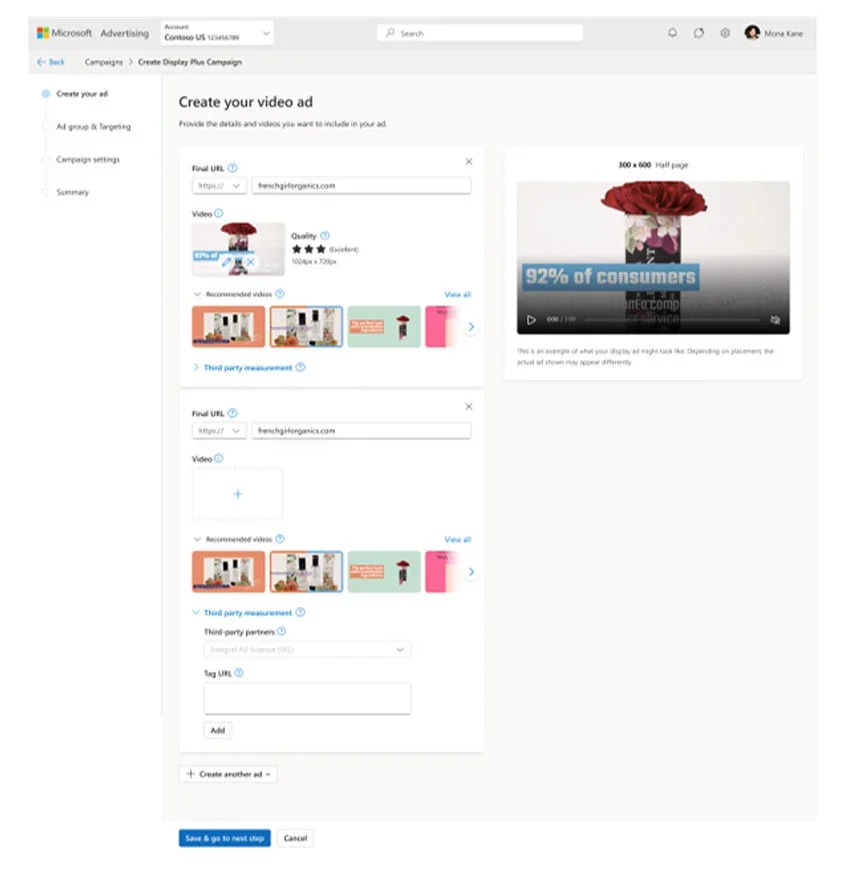
Third-Party Ad Verification Introduced
Through a collaboration with Integral Ad Science (IAS), Microsoft now provides third-party verification reporting across its advertising inventory. This includes actionable insights such as viewability, time in view, percent completed, invalid traffic rate, and brand safety pass and fail rate. The feature covers desktop, mobile web, and in-app environments for display, video, native, and CTV campaigns.
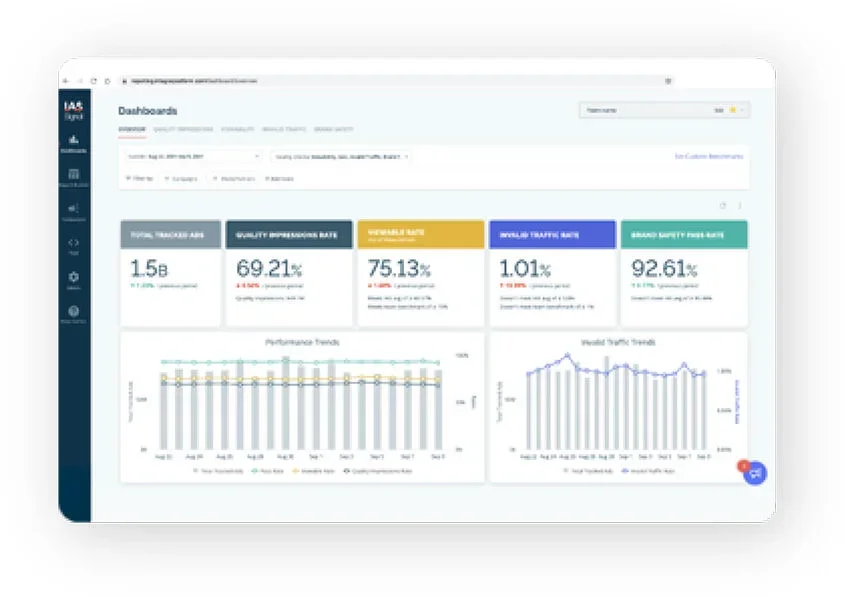
Multimedia Ads Now Support Global Ad Customizers
Ad customizers for Multimedia Ads have been rolled out globally, allowing advertisers to create dynamic, tailored ad variations across all markets and languages. This feature enables the creation of hundreds of ad variations effortlessly, incorporating elements like location callouts, countdown customizers, and dynamic text parameters for more relevant and impactful messaging.
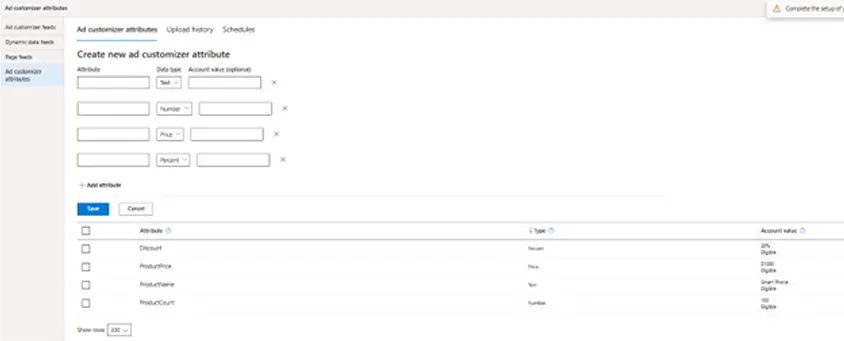
Inline Editing Streamlines Ad Management
A new feature enables quick edits of text assets in Responsive Search Ads and Multimedia Ads directly within the reporting interface. This improvement allows advertisers to modify assets without navigating to the creation workflow, significantly streamlining the ad management process.
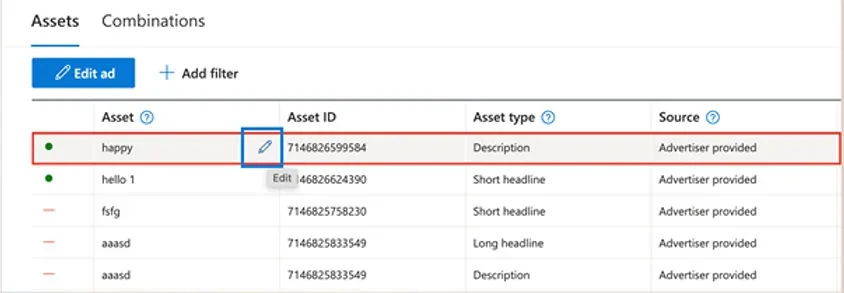
LinkedIn Targeting Expands to New Markets
LinkedIn targeting capabilities are now available in 27 markets, up from the previous six. This expansion allows advertisers to target audiences based on company, job function, industry, job title, and company size across a broader geographical range, including countries in North and South America, Europe, Africa, and Asia-Pacific.
Similar Audiences Feature Goes Nearly Global
Microsoft has rolled out Similar Audiences to all its advertising markets except China. This feature helps advertisers find new prospects with characteristics similar to their best customers, potentially driving more conversions and expanding reach.
Shopping Campaign Setup Becomes More Efficient
An enhanced setup workflow for Shopping campaigns reduces creation time by 10-15%. This streamlined process simplifies campaign creation in the user interface, allowing advertisers to get their shopping campaigns up and running more quickly and efficiently.
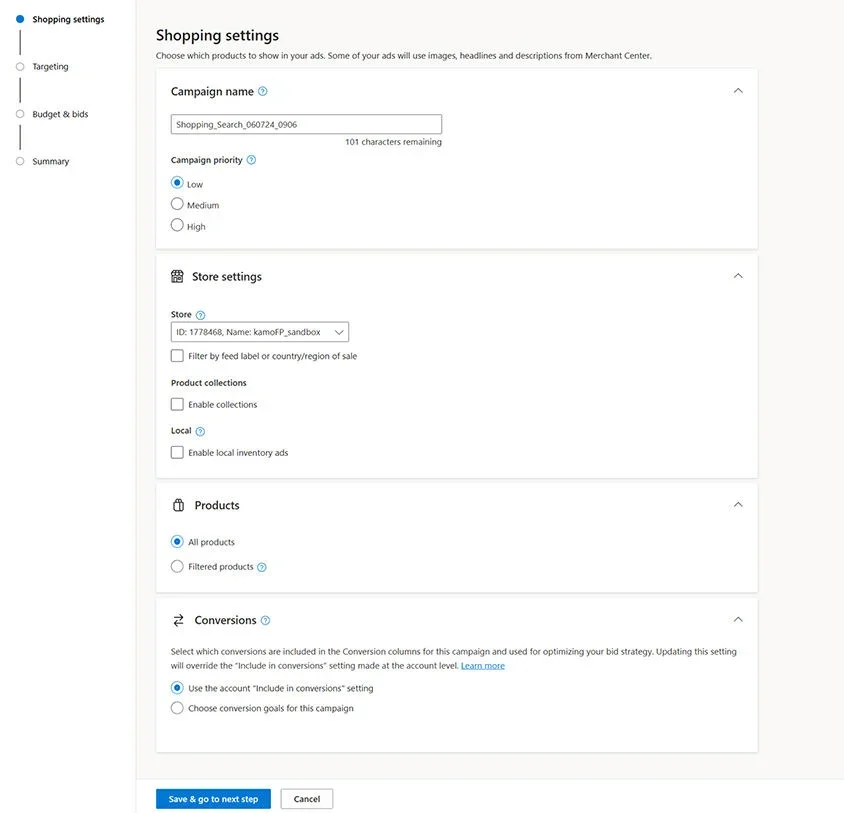
UET Consent Mode Addresses Privacy Concerns
Universal Event Tracking (UET) consent mode gives advertisers control over cookie storage based on user consent status. This feature enhances privacy capabilities for UET, allowing advertisers to adjust first and third-party cookie access based on the consent status of users, particularly important for markets where consent is enforced.
These updates demonstrate Microsoft's commitment to improving advertiser tools, expanding reach, and addressing privacy concerns in the evolving digital advertising landscape.
